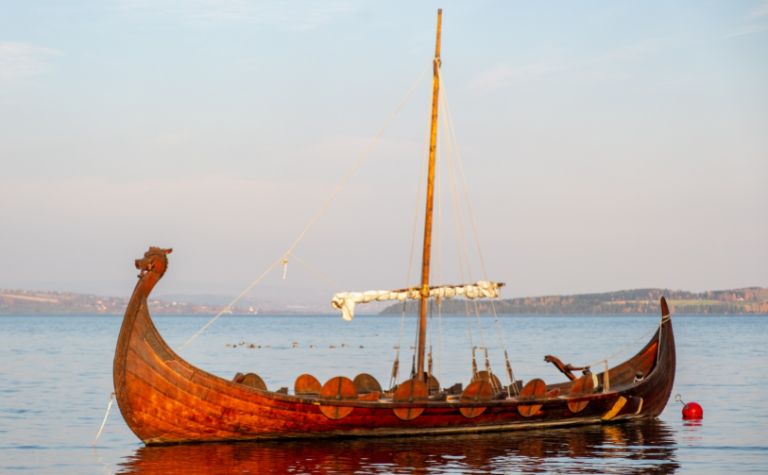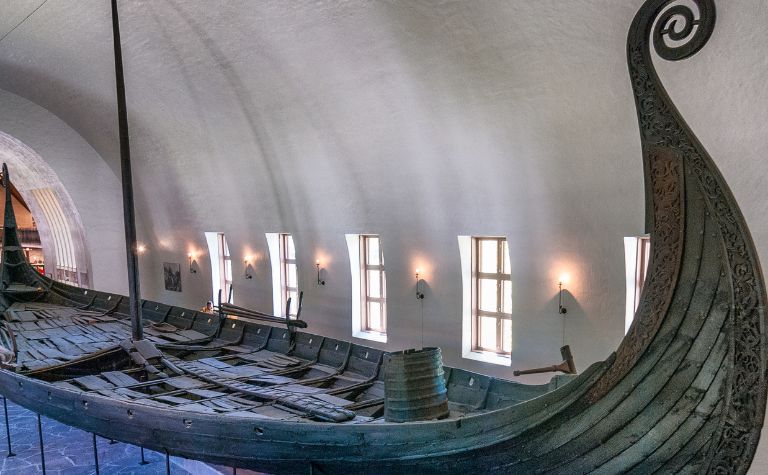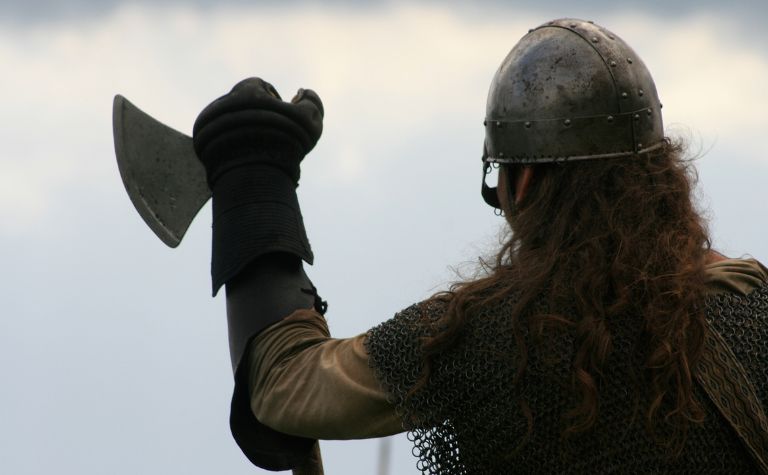The Vikings and Celts are two fascinating groups of people who lived in Europe at various times in history.
Today, scholars and historians love to study them both, and there are plenty of movies and television shows that fictionalize their lives. Unfortunately, some people often get the two groups confused.
There are several differences between Vikings and Celts, including the periods and regions in which they lived, how they lived, the things they believed, and their typical appearances.
There were far more differences between the two groups than there were similarities.
This article will further highlight the differences between them. It will also discuss how they were similar and whether they ever fought each other.
Finally, it will take a specific look at Irish people and whether they were Celtic or Viking.
Also see Vikings vs. Germanic Barbarians: What’s the Difference? to learn more.

Contrasting the Vikings and Celts
The following sections will look at the most common differences between the two groups.
Most Active Time Periods And Areas
Although there was some overlap between Vikings and Celts, the two groups mostly lived during separate periods.
Most people associate Vikings with the Middle Ages and Celts with the Iron Age.
The Vikings primarily lived during the 9th through the 11th century A.D. The standard dates credited to Vikings are 793 to 1066 A.D. However, they were most active beginning in the 9th century.
Furthermore, some Vikings and Viking settlements were lingering past the official end of the Viking Age. [1]
On the other hand, Celts appeared in Europe as early as 1,200 BC. [2]
Just as Vikings existed before and after the “Viking Age,” so, too, did Celts live before and after the typical time considered the “Celtic Age.” That period spans the years 600 BC through about 43 A.D. [3]
Furthermore, the groups settled in different areas.
Vikings stuck primarily to the Scandinavian countries and their neighbors. There were significant Viking settlements in:
- Iceland
- Denmark
- Norway
- Sweden
However, the Vikings’ raiding nature meant they extended into other regions, including Britain, France, and parts of Ireland.
The Celts primarily inhabited the following areas:
- Ireland
- Britain
- Scotland
- France
- Spain
This meant there was some overlap in the regions settled by Vikings and Celts – or at least the descendants of the Celts.
Ways of Life
The Celts were farmers who settled in regions and made those regions their homes.
By contrast, the Vikings were seafarers, explorers, and pirates who traveled via ships to neighboring countries and attacked, raided, and often ransomed or settled in those foreign lands.
Both groups were known for being decent warriors.
However, the Vikings have a more substantial reputation for being the aggressors. Celts, on the other hand, primarily fought to defend their lands from invading Roman armies.
The Celts were also more tribal in nature, whereas Vikings had more advanced and civilized societies.
Also see Vikings vs Anglo Saxons: Comparison to learn more.
Beliefs
Both the Celts and the Vikings (before they converted to Christianity) were polytheistic.
The Celts were druidic and worshiped earth, water, and nature gods.
The Vikings believed in the Norse pantheon of gods, including Odin, Thor, Loki, etc.
However, there is some overlap between the two religions. The two even share some deities and have similar stories in their oral histories.
For example, the Celtic Wodan and the Norse Odin are likely the same god. [4]
Appearance
Though there were differences within each group, there were also standard descriptions that defined the typical Celt and Viking.
Accounts described Celts as having fair or red hair that they usually styled in elaborate, often terrifying ways.
They were lean and may have painted themselves blue when going into battle. Accounts often credit them with green eyes and brightly colored clothes.
Vikings were large for their time, often with fair hair and blue eyes.
They were likely heavily tattooed and wore their hair and beards long.
Their clothes were probably more functional than elaborate, though the kings, jarls, and their wives may have worn more colorful clothing.

Did the Vikings Fight the Celts?
Because the Vikings and Celts lived in such widely different times, most people assume they never met or fought. That’s not necessarily true, however.
Though the Celtic Age ended long before the Viking Age began, there were still Celts — or the descendants of Celts — living when the Vikings arrived on the scene.
In fact, many people, especially those in Wales, Scotland, and Ireland, still think of themselves as modern-day Celts.
The Vikings never fought the loosely associated tribes of Celts that lived in the Iron Age.
However, they did fight the descendants of those Celtic tribes when they invaded Ireland in 795 A.D.
They also fought Celtic descendants when they raided Scotland and Wales in later years. [5]
Also see Did Vikings Ever Fight the Romans? to learn more.
Are the Irish Celts or Vikings?
Typically, people associate Irish people with the Celts, and they do have strong ties to the ancient Celtic tribes. However, because of the Viking invasions of Ireland in the 8th century, the Irish also have links to the Vikings.
Studies have shown that while Ireland doesn’t have as much Viking DNA as other neighboring countries, there’s enough to be noticeable. [6]
To quote the study’s author, “We can’t say for certain exactly how much Viking is in modern Irish people, but we can say that it was found among people from all different parts of the island, signifying a compelling connection among the population as a whole.” [7]

Were Vikings and Celts Similar?
The Vikings and Celts shared a few similarities. They both inhabited some of the same lands in Europe and had polytheistic religions in which certain deities and recurring themes overlapped.
Both were also noted for their battle prowess, though the Vikings were more well-known as warriors.
Additionally, both groups featured farmers and artisans.
They both worked with iron and were skilled in the art of blacksmithing.
Furthermore, both groups played significant roles in Europe’s history and in shaping its future.
Final Thoughts
Though there are a few similarities between the two groups, the Vikings and Celts were very different people.
They primarily lived in different times, too.
Also see Did Vikings Have Dreadlocks? to learn more.
References:
[1] Source
[2] Source
[3] Source
[4] Source
[5] Source
[6] Source
[7] Source
